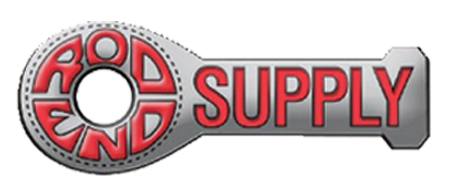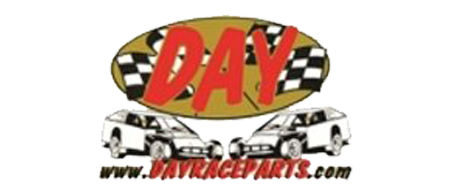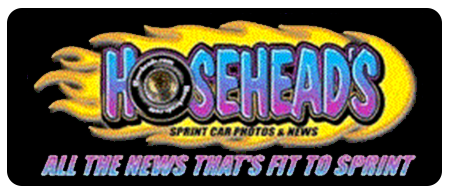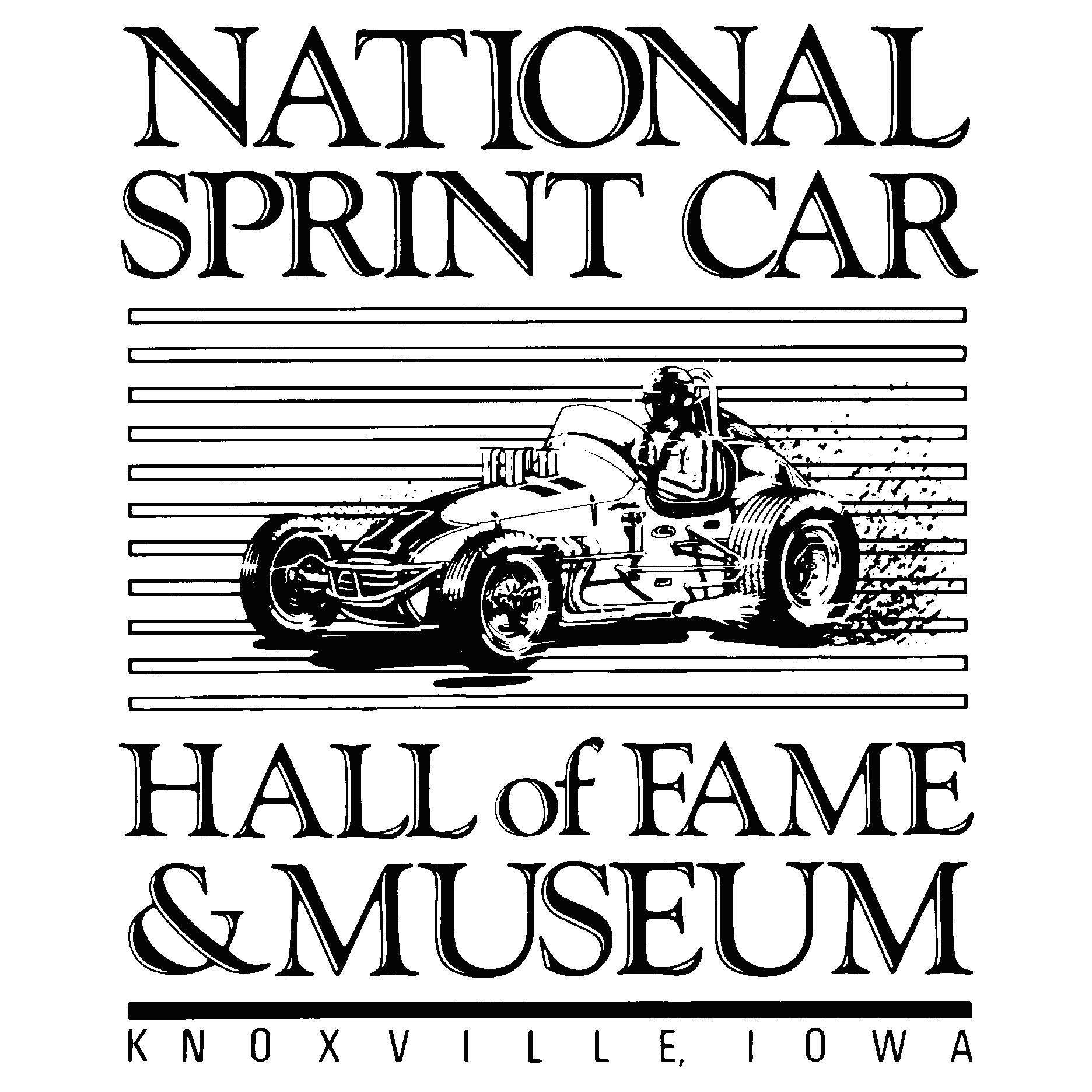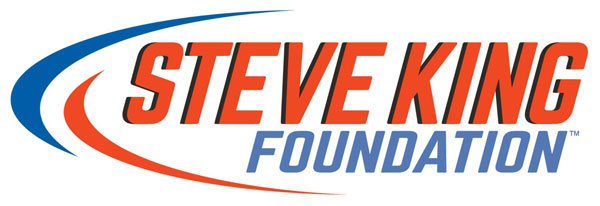NASCAR's foray into urban stadium racing was a rousing success
Photo by Jared C. Tilton/Getty Images
LOS ANGELES—NASCAR learned a valuable lesson on Sunday: If you build it they will come.
If you build a track in an urban area surrounded by millions of people and throw in headliners such as Pitbull and Ice Cube, new fans will want to know what the buzz is all about.
And if that event includes multiple races on a short track that naturally promotes aggressive racing with beating and banging, you’ll not only attract the local crowd but also long-time enthusiasts yearning for something fresh.
The Busch Light Clash at the Coliseum exceeded all expectations. From the setting of the iconic Los Angeles Memorial Coliseum venue and the star-studded lineup of attendees to the debut of the Next Gen car, the Clash provided a party for the ages.
Joey Logano, the “King of the Coliseums” won the inaugural Bristol Dirt Race last March and backed that up with a victory on the quarter-mile asphalt oval on Sunday.
He was amazed by the outpouring of support from the approximately 50,000 spectators who turned out to welcome NASCAR to the City of the Angels. But Logano was even more impressed that 70-percent of the crowd were first-time attendees of a stock car race.
“That's nuts,” Logano said. “To know that only happened because we came to them, right? We were racing in the city. We've never been able to do that. Typically you got to go 30 minutes, an hour or so out of downtown to put a race on because we need such a huge area.
“Today proved that, hey, we can race anywhere. That says a lot about our sport. That's the biggest win today for the future of our sport. It's so big.”
Logano is absolutely right. If fans—and especially potential fans—won’t visit existing tracks it’s the responsibility of NASCAR to take the product to them.
Over the last two years, the sanctioning body has done just that by introducing new markets such as Austin, St. Louis and Portland to the schedule and revisiting classic road courses such as Road America in Elkhart Lake, Wis.
NASCAR senior vice president of strategic innovation Ben Kennedy, the fourth-generation stakeholder who masterminded the event, understands the need for the sport to climb out of its comfort zone.
“Yeah, I think it was a risk,” Kennedy said. “We knew that from the start. As we've talked about the schedule over the past couple years, we talked about being bold, we talked about being innovative. That's part of it.
“Went to some new tracks in 2021. We're going to go to World Wide Technology Raceway this year. This was something new, something different. We challenged ourselves, the team challenged themselves to think about this event differently.”
For those who believed that NASCAR could only race at traditional venues, the Clash proved them wrong. In less than six weeks, the Coliseum was transformed into a quarter-mile short track. The action was captivating. The crowd was electric.
“Having Pitbull as a pre-race concert, Ice Cube as a mid race, DJ Skee, everything around the marketing and promotion of it, it's a total team effort,” Kennedy added. “It was also wiping the slate clean and thinking about it differently.
“We're really proud of the outcome today. I think it was successful.”
Over the next month, Kennedy and his team will have to review the data and decide whether NASCAR returns to L.A. in 2023. With seven races, two concerts and music blasting, fans were entertained nonstop for six hours.
While TV ratings will reflect how the Clash played out for the fans at home, there was a vibe at the track that hasn’t been experienced since 2001 Speedweeks at Daytona International Speedway when FOX and NBC initially signed on as NASCAR’s new broadcast partners.
“There were a lot of questions coming in as to what the racing product might look like on track,” Kennedy said. “I think between the format that we had with the heat races, last chance race, all the way through the main, at least from a fan perspective, a lot of energy in the bowl, hopefully those tuning in on TV enjoyed it as well.
“The energy behind the crowd here was amazing. I was walking back to the media center right after the event, ton of people smiling, laughing. The energy was really just contagious. It was great to see the fan reaction. Looking forward to watching it back on TV again.”
The Next Gen coming-out party was not without a few hiccups. After three years of development, then scrambling to acquire enough parts and pieces to test and race, 36 cars finally rolled out onto the track on Saturday for practice and qualifying.
While the new vehicles look sporty up close and carry a muscle machine sound, Denny Hamlin, Chase Briscoe and Tyler Reddick were forced to the work area with mechanical issues halfway through the event and forced to watch the finish from the infield.
Kyle Busch started from the pole on Sunday and led a race-high 65 laps. From Kyle Busch’s vantage point, the Next Gen proved to be ideal for the Coliseum.
“I don't know if the old car would have been applicable for this track,” Busch said. “I say that because the tire is skinnier on that car, got a solid rear-end axle housing in it, so you wheel hop getting into the turns. The turning radius of that car, it definitely would not have put on a show that this car does. This car is definitely different.
“We're still learning it for sure. You go to the mile-and-a-half's, you get into a 15-, 20-lap run, and you're sideways loose hanging on at times. You get too crooked and they spin because you don't have the side force like our old cars on them. Just wait. There's a lot more to go.”
NASCAR’s chief racing development officer Steve O’Donnell admits the pressure was on the new car entering the Clash. That the event “delivered” and the spotlight wasn’t centered on the car felt like a victory to O’Donnell.
“The Next Gen car really wasn't a story, and I'm happy for that,” O’Donnell said. “This is probably the toughest test we could have on the track that we set up in terms of durability, beating and banging, driveline, different things. We'll learn from that.”
Traditionally, the Clash serves as the warm-up act for the Great American Race. Since 1979, the season-opener has served to whet fans’ appetites for the Daytona 500. On Sunday, the event transcended its previous strategy. The Clash at the Coliseum not only sparked racing enthusiasts' excitement for a new year but enticed a new generation of fans that would never have considered traveling cross county to attend a race in Daytona or anywhere else for that matter.
Given the rousing success of this year’s Clash, the obvious question now becomes “What does NASCAR do for an encore in 2023?”

.png)
